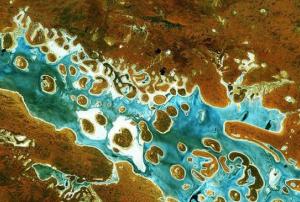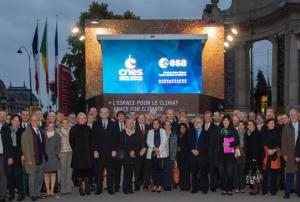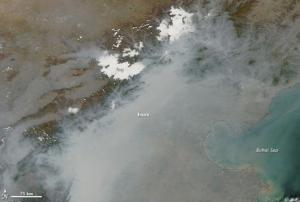The Copernicus Marine Environment Monitoring Service (CMEMS) has published a number of new free online tutorials on how to use the information services provided by it.
35 video tutorials covering a variety of topics from beginner to advanced level have been uploaded and can now be accessed by anyone interested in marine environment monitoring. Among them are videos on a range of satellite products with which it is, for instance, possible to learn more about sea surface temperature observation or ocean colour.
Furthermore, a new series of introductory videos on the Copernicus programme and its services is now available on YouTube. The…
more








![Copernicus Emergency Management Service (© activation_2016 European Union), [EMSR174] Map Title: Delineation Map. Copernicus Emergency Management Service (© activation_2016 European Union), [EMSR174] Map Title: Delineation Map.](/sites/default/files/styles/w300_h202_covid_19_detail/public/SKOPJE%20FLOODS%20COPERNICUS%20PROGRAMME%20AUGUST%202016.png?itok=eprP1BWz)















